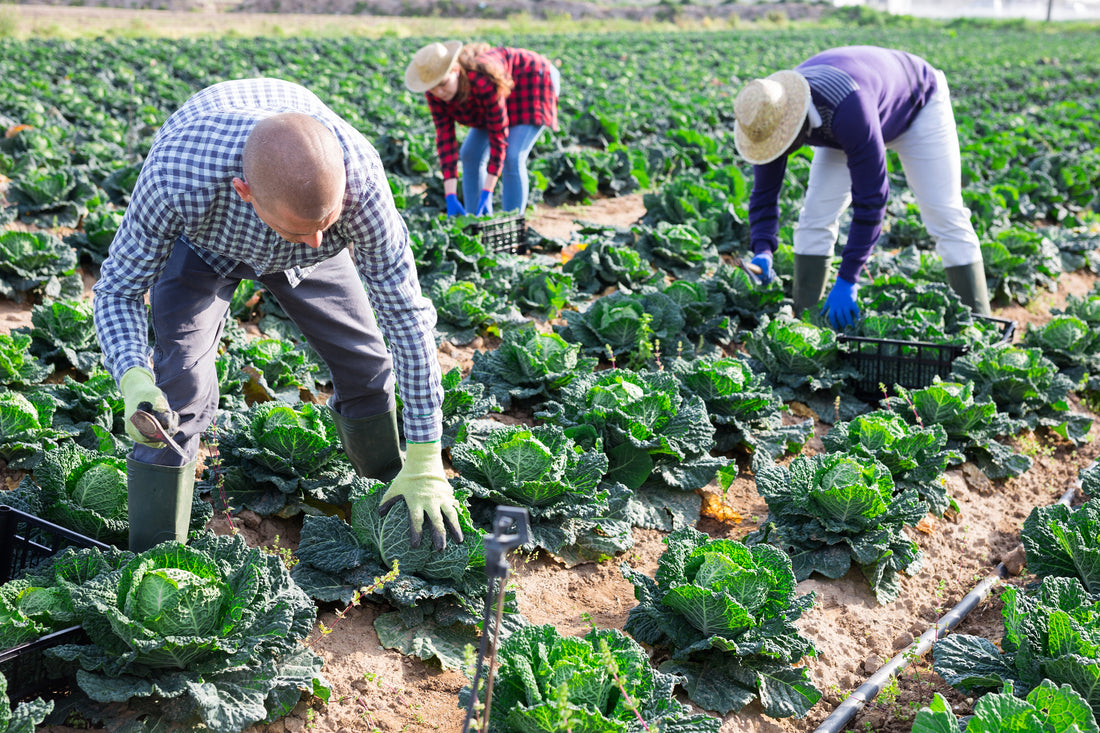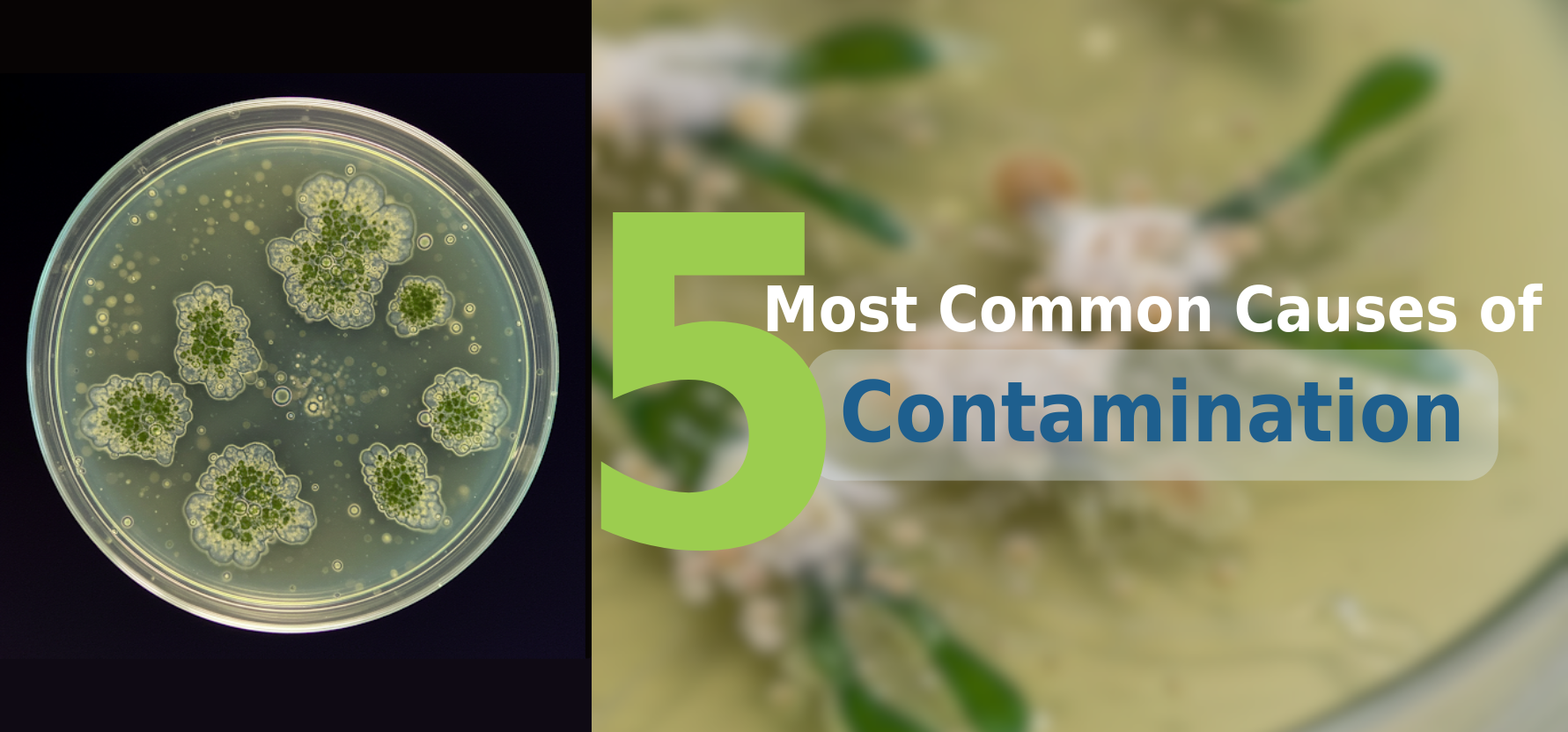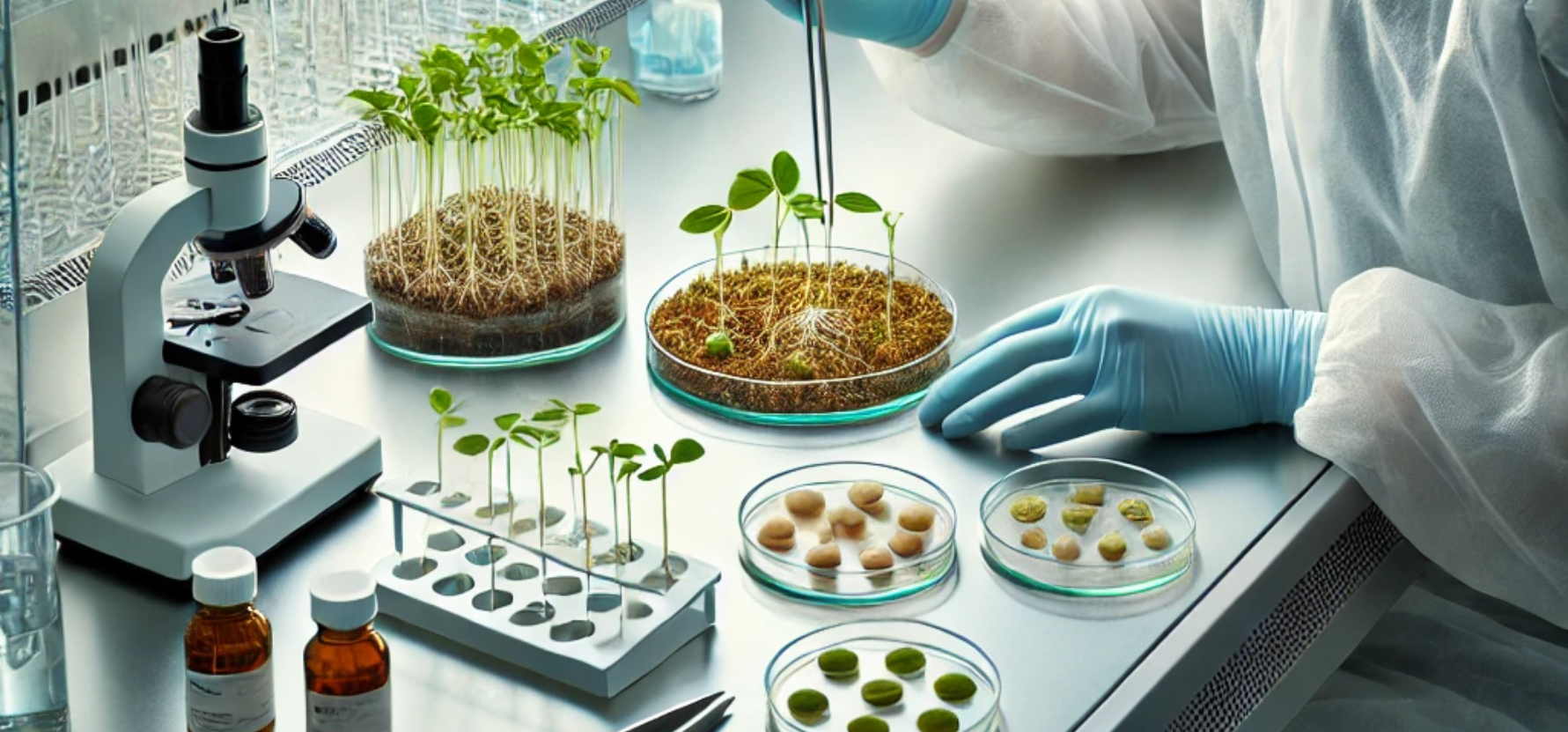
Good Agricultural Practices (GAP): Definition and Importance
As a content and community manager, I leverage my expertise in plant biotechnology, passion for tissue culture, and writing skills to create compelling articles, simplifying intricate scientific concepts, and address your inquiries. As a dedicated science communicator, I strive to spark curiosity and foster a love for science in my audience.


The modern world is more concerned about what it consumes, how it affects its health and the quality and safety of its consumed products. The concern is also raised for workers' well-being which eventually affects the quality and producibility of food for the population
What is GAP?
The modern world is more concerned about what it consumes, how it affects its health and the quality and safety of its consumed products. The concern is also raised for workers' well-being which eventually affects the quality and producibility of food for the population
GAP was born in this context, which introduced certain standards, regulations, and practices, which when employed guarantee food safety with farmer well-being.
Good Agricultural Practices are defined as "practices aimed at improving the quality, safety, and sustainability of food and agricultural products while maintaining environmental, economic, and social sustainability."
It's a set of voluntary guidelines developed by producer organizations, food industry, NGO, and government for produce farmers to produce foods and crops with reduced risk of microbial contamination, that is related to foodborne illnesses on their farms. It’s based on the Food and Drug Administration (FDA)’s Guide to Minimizing Microbial Food Safety Hazards for Fresh Produce.
The key elements included in GAP include:
- Risk assessment
- Preventing problems before they occur
- Food safety commitment at all levels
- Mandatory educational training for operational employees
- Chain-wide communication
- Integrated pest management
- Field and equipment sanitation
- Third-party audits for verification
- Oversight and enforcement
This article provides an overview of the benefits of implementing Good Agricultural Practices (GAP), who is benefitted and looks at some types of standard practices included in the regulation.
Basic GAP Standards
The GAP standards are designed for every step of farming, ranging from choosing the right plot for your agriculture practice, testing water quality and choosing the best irrigation system, designing of the farm, to the farm maintenance and workers education, health, and safety.
Here are some points to give you a general idea of what kind of steps are in GAP:
- Utilize a proactive pest management strategy for rodents, birds, deer, pigs, slugs, and snails.
- Keep animals and their manure away from active fields and orchards.
- Maintain soil structure, by limiting heavy tillage practices.
- Record every crop protection chemical, fertilizer, and compost application according to the label (legal) instructions.
- Use approved laboratory to test water quality that should be used for irrigation and crop rinse.
- Avoid growing plants in contaminated fields.
- Practice crop rotation.
- According to the technician's recommendations, select improved seeds and ones that are resistant to the most common diseases.
- Do not perform applications and agrochemical preparations near water sources.
- If there are weeds or diseases that affect your crop, ask your technician about the best types of agrochemicals to use.
- Ensure that the packing shed, food contact surfaces and refrigerators are in good condition and are not a source of contamination.
- Educate growers about the US EPA Worker Protection Standard.
- Ensure the farm has clean toilets and hand-washing facilities with potable water and soap.
Who Benefits from GAP?
- This will allow farmers and their families to access nutritious, high-quality food, and thus enable them to generate value-added components for their products, improving access to markets.
- Consumers will enjoy food that is safer and of better quality, provided it is produced sustainably.
- An improved environment will benefit the population as a whole.
How GAP will be beneficial for Your Farm?
- They help maintain the shelf-life of your product and reduce spoilage.
- They can help to reduce the risk of harmful contamination of your produce.
- They can help be helpful in enhancing the efficiency and productivity of your agricultural operations.
- It helps to facilitate access to the new market.
- They ensure the quality of the food and safety improvement.
- They help to reduce food safety risks during harvesting and packaging.
- The implementation and management of GAPs increase the quality of products as well as raw and processed foods.
- This will reduce the risk of non-compliance with national, international regulations, standards, and guidelines, as well as the International Plant Protection Convention IPPC regarding permitted pesticides, maximum contamination levels in food (including pesticides, veterinary drugs, radionuclides, and mycotoxins), and agriculture products and other hazards related to chemical, microbiological and physical contamination.
- It will act positively towards animal welfare and help you to develop an infrastructure facilitating keeping clean fields and creating space for toilets, and deposits. This will eventually prevent contamination on your farm.
- The practices and regulations will help to get better control on the production.
- It will lower the cost of production and cut out expenses on agrochemicals, leading to higher yield, better prices for quality, and higher income.
- In addition to promoting sustainable agriculture, GAPs contribute to national and international environmental and social development goals.
Challenges Associated with GAP
- Increase in production cost, like record keeping, residue testing, and certification
- Inadequate access to information and support services
- Small farmers are at risk of missing out on export markets unless they are adequately informed, technically prepared, and organized.
- Despite claims to the contrary, sometimes GAP standards fail to deliver all the social and environmental benefits claimed
The implementation of GAP in farms benefits booth, produce farmers, and consumers. However, there are also certain challenges addicted to the regulation including high cost and inadequate information and support services. Considering this, the GAP standards are continuously evolving to incorporate best practices that suit farmers and enhance food quality and safety, and the environmental sustainability of agriculture.
Blog Categories
View by Level
Popular Blogs

The 5 Most Common Causes of Contamination in Tissue Culture Labs
Introduction Scaling up your tissue culture production is impossible if you’re constantly battling contamination. Contamination is one of the biggest...
Read More
What No One Tells You About Subculturing (Until It’s Too Late)
Introduction Subculturing is a crucial process in tissue culture. Why? Because it's responsible for multiplying a single small piece of...
Read MoreSubscribe to Our Newsletter







Join the conversation
Your email address will not be published. Required fields are marked